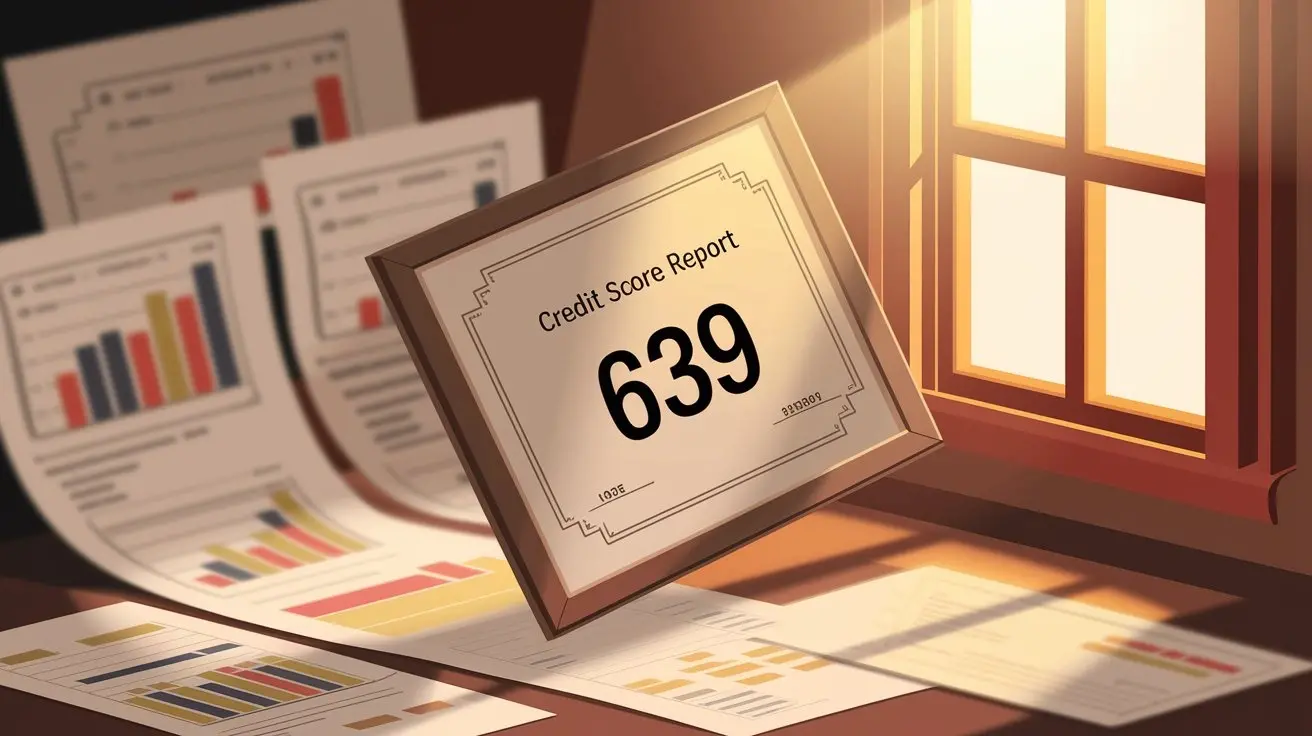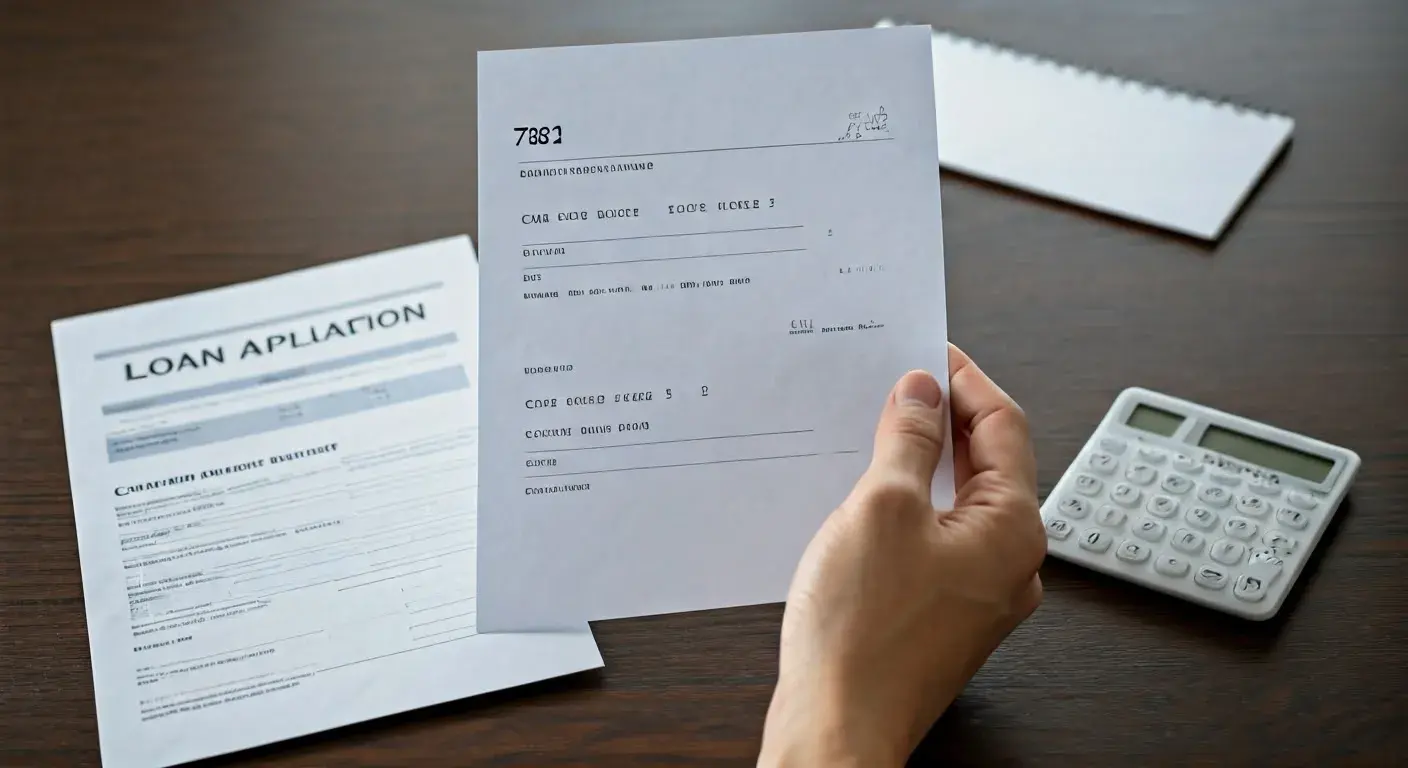-
Posted on: 01 Aug 2024
-
When it comes to your credit score, accuracy is important. A credit score is a significant factor used by lenders to determine your creditworthiness when it comes to loans, credit cards, and mortgages among others. You will therefore want to ensure that your score gives a true reflection of you as a responsible financial citizen. However, given that there are different scoring models, which one offers the most transparent picture
FICO Score and VantageScore are the two most familiar types of credit scores recognized in the market today. Both of them are supposed to show the same fundamental elements such as payment history, credit utilization, credit history length, and mix of credit products; however, the difference between the two can be quite significant at times. This mainly depends on their approaches to the issues in question.
FICO scores are considered to be the most popular and the most reliable scores
FICO Scores are ultimately the most conventional formulas lenders use to evaluate borrower credit risk. Among these, FICO Scores is the first credit rating system the Fair Isaac Corporation created in 1989. They were also the first kind that many lenders on the market adopted.
More than 90% of the top lenders use right now to guide their judgments is FICO Scores. Although every lender uses a different scorecard, most credit card firms and mortgage lenders use one of your FICO Scores. These go from 300 to 850. A better score indicates less chance of default to the lenders.
Every credit report from every one of the three consumer credit agencies will show three different forms of FICO scoring models, so minor variations between the scores are expected. Lenders so often use the middle FICO Score out of the three FICO Scores to evaluate your application.
VantageScores Gaining Traction
An offshoot of VantageScore's credit scoring model, which was founded in 2006 by three credit bureaus – Experian, Equifax, and TransUnion. They range also from 300 to 850, where higher numbers are indicative of sound credit status.
VantageScores, though not as popular as FICO, have been increasingly incorporated into usage more frequently at present. Some of the lenders may prefer them or use them in combination with FICO scores. Another advantage of VantageScores is that since they use data from the three different bureaus, they help eliminate major differences between credit reports. It can also be beneficial to those who have little or no credit history to build up their scores faster.
Some of the key differences between scoring models include the following:
Knowing the basic distinctions between FICO and VantageScore models helps you evaluate which score most fairly represents your credit risk: Understanding the basic variations between FICO and VantageScore models can help you evaluate which score most fairly represents your credit risk.
Though their weights are different, the FICO and VantageScore models operate mostly under similar criteria. For example, VantageScores emphasizes your credit score history and current credit activity more highly.
VantageScores make more timely use of credit data updates than the FICO models. Your scores may therefore more rapidly show current credit report modifications or revisions.
The most important variations between these scoring systems are seen in the evaluation of late payments and collection accounts. Though they do not account for paid collections, VantageScores permits deductions for exceptional collections. FICO does the reverse.
While VantageScores focuses on the specific amount of installment loans and credit card balances, FICO scores are aware of just the broad category of credit that might be active.
Though certain performance criteria are handled differently, in principle the score ranges are the same. For instance, compared to the FICO Score of the same value, the Vantage Score assesses the credit risk of a 700 score at a somewhat lower level.
While FICO Scores vary across many kinds of delinquencies, VantageScores offer a miss-grade depending on the account type on a comparable scale. FICO penalizes those who are severe, like foreclosures or bankruptcies.
Which Credit Score Figures Are Widely Utilized?
Thus, despite their age and widespread use by various lenders, big and small, FICO Scores continue to serve as the go-to benchmark used today in most lending decisions. In particular, many lenders rely on your FICO 8 credit score, which is the most popular FICO version.
If FICO Scores hold 90% market share you can be assured they present the fairest and most accurate picture of your credit risk to potential creditors. However, VantageScores should not be completely ignored as its adoption is still growing. It therefore becomes easier to track your credit health over a given period say through checking both your FICO 8 and VantageScore.
Although the rating itself is useful, it should be noted that various agencies use their criteria when determining creditworthiness. Instead of trying to reach a certain credit score, work towards maintaining good credit behavior, including paying all bills on time keeping the credit utilization ratio low, and avoiding taking on more credit where possible. This lays the foundation for prime credit access when one needs financing in the future.
Call now for expert credit repair services: (888) 803-7889
Read More:
How fast can I add 100 points to my credit score?
Can I check my credit score without taking a hit?
What's my credit score if I've never had a credit card?
Is it bad to check your credit score?
How can I safely get my credit score?




